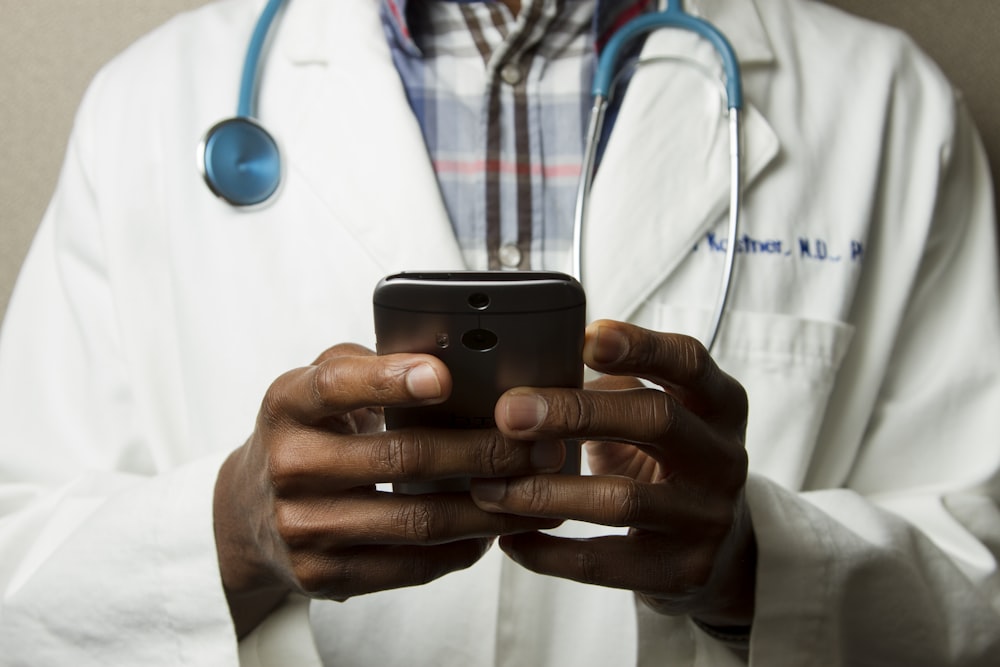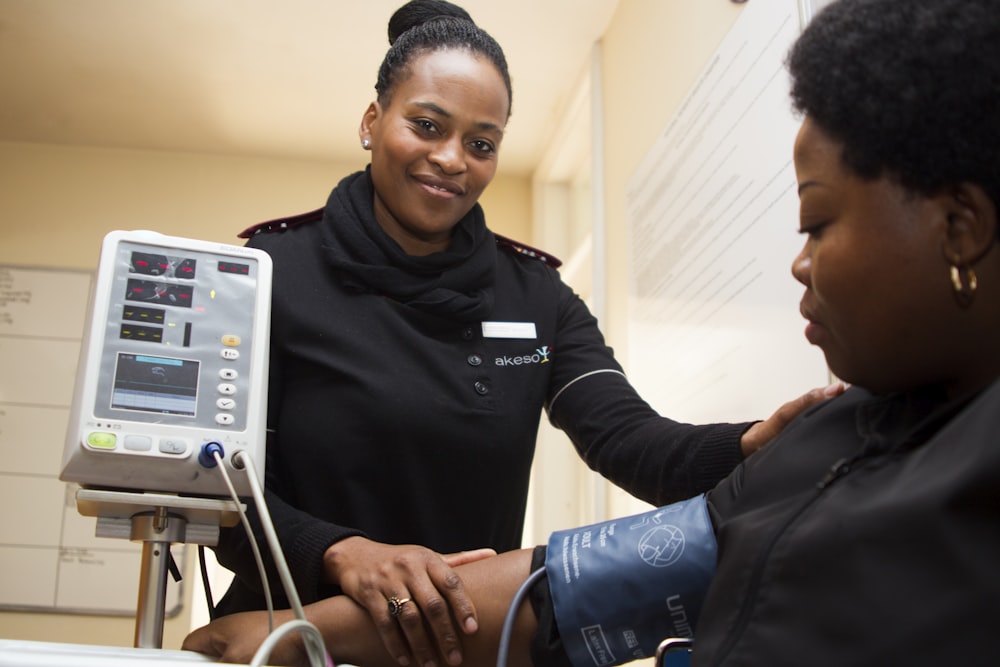Who knew that all it took to expose the massive inequalities within the healthcare system was a deadly global pandemic? Even in the midst of the COVID-19 pandemic, we have already seen sweeping changes in the way medicine is practiced and accessed that will likely be permanent. For example, in the United States where healthcare is dependent on insurance, millions of people have found themselves uninsured. When the majority of people receive their healthcare insurance through their jobs, and so many jobs lost during the pandemic, the relationship between health insurance and employment status should be reconsidered. Furthermore, marginalized communities have always known that they don’t receive the same level of healthcare that non-marginalized communities do. However, this pandemic has really shone a light on the extent of how disproportionate this healthcare model really is. These examples are just the tip of the iceberg when it comes to issues that the healthcare system will have to reckon with.

Despite massive advancements in healthcare technology including AI operated medical devices and nanotechnology, virtual healthcare has yet to become routine practice. Virtual healthcare allows physicians to see increased numbers of patients while maintaining social distancing and access to same quality healthcare for more people. During the pandemic, virtual healthcare became a necessity due to the high risk of transmitting COVID-19 in hospital settings. Telemedicine saves time for both the patient and physician, while reducing healthcare-related anxiety by allowing the patient to stay within the comfort of their own home. Furthermore, telemedicine helps reduce gaps in healthcare equality by reducing barriers related to things like distance, language, and appointment availability. Policy consultants in the past have suggested that telemedicine would not be a suitable addition to the healthcare system because the lack of in person contact would result in unsatisfactory medical visits, and that the speed and ease of appointments would result in rushed care. However, with COVID-19 shutting down in person visits and telemedicine becoming unavoidable, we have seen that this simply isn’t true. Not only does virtual healthcare make appointments easier for patients, we have also seen increased flexibility in the way that physicians can practice. For example, British Columbia responded to COVID-19 by introducing bills that would remove limits on which platforms can be used for telemedicine, which allowed for videoconferencing to become an option for physicians to communicate with their patients. We’ve also seen discussions about national licensure and allowing physicians to practice in multiple jurisdictions, thus removing barriers related to provincial and territorial borders. The benefits of virtual healthcare have been undeniable in the last year and a half. There is still a lot of work to do when it comes to widespread implementation, however the COVID-19 pandemic has allowed discussions to begin and hopefully has created momentum in the investment of these tools.
Most people would agree that staying home and away from other people when you are sick, even if it’s the common cold, is common sense. However prior to the pandemic, this was easier said than done. For a variety of reasons related to social and financial issues, people unfortunately did not always have a choice in the matter. During the COVID-19 pandemic, even those working in the medical field, arguably the most important group to the survival of the rest of the population, were told to stay home if symptomatic. We’ve seen people chastised for socializing and partying, while those who stay home, even if completely healthy, were celebrated and thanked. Workplaces were making changes to their core structures in order to make it easier for their employees to work from home. We’ve seen an uptick in conversations surrounding self-care, and prioritization of one’s own mental health and well-being over toxic workplace cultures that promote “rise and grind’ mentalities. Prior to the pandemic, many people did not feel like they had a choice in the matter when it came to working while sick. Especially if working paycheck to paycheck, the extra work required to obtain a doctor’s note or use one of very few previously allotted sick days can be quite discouraging. This culture existed despite the evidence showing that workplaces where employees were encouraged to stay home when sick had 20% fewer cases of influenza. Another study by MIT showed that employees were twice as likely to give the communication of their employers a positive review during the pandemic as they were the year before. They were also 88% more likely to give their employers a positive review when it came to honesty, transparency and communication.

In a year where the world faced a much needed reckoning when it came to issues of race and class inequality, the COVID-19 pandemic was an undeniable variable. For example, Black people represent just 6% of the entire population of the state of Wisconsin, yet they accounted for almost 50% of COVID-19 related deaths in the state. Another study out of California showed that the Latinx population accounted for over 95% of people with positive COVID-19 tests who couldn’t work from home. This large disparity was also seen in states like Chicago, New York, and even here in Toronto. The fact that people of color, especially Black people receive disproportionately worse healthcare is not new. , However the undeniable disparities in COVID-19 infection rates have made this unignorable. This has led to conversations surrounding policy changes that will help begin to mediate these issues. For example, increasing funding for local public health which will help with prevention and preparedness initiatives for the future. There must also be increased funding and attention given to more marginalized services such as mental healthcare. During the pandemic, the National Alliance on Mental Health reported that a 41% increase in crisis calls in during 2020 compared to 2019. The effects of the COVID-19 pandemic on mental health cannot be ignored, and programs that help to address trauma responses have never been more important.
Lastly, when discussing healthcare outcomes after the pandemic, we cannot ignore the social determinants of health. Experts have previously stated that 70% of one’s health outcomes is dependent upon social determinants such as housing, food insecurity and income rather than the healthcare provided. During the pandemic, we saw increased flexibility surrounding food assistance programs as well as programs that prioritized food delivery and rent forgiveness for lower income communities. This showed us the importance of prioritizing care for communities most in need, and must be continued as we begin enter a post-pandemic life. The COVID-19 pandemic was extremely traumatizing and destructive in many ways, but it also opened our eyes to issues that had been ignored for far too long.
References
1.Tang, Brandon, and Linda Zhou. “COVID-19: An Accidental Catalyst For Change In The Canadian Health Care System | British Columbia Medical Journal”.Bcmj.Org, 2021, https://bcmj.org/premise-covid-19/covid-19-accidental-catalyst-change-canadian-health-care-system.
2. John, Schumann. “NPR Cookie Consent And Choices”.Npr.Org, 2021, https://www.npr.org/sections/health-shots/2021/05/13/996233365/how-health-care-in-the-u-s-may-change-after-covid-an-optimists-outlook.
3.Sull, Donald, and Charles Sull. “How Companies Are Winning On Culture During COVID-19”.MIT Sloan Management Review, 2021, https://sloanreview.mit.edu/article/how-companies-are-winning-on-culture-during-covid-19/.
4.Camh.Ca, 2021, https://www.camh.ca/-/media/files/pdfs—public-policy-submissions/covid-and-mh-policy-paper-pdf.pdf.
5.Godoy, Maria, and Daniel Wood. “NPR Cookie Consent And Choices”.Npr.Org, 2021, https://www.npr.org/sections/health-shots/2020/05/30/865413079/what-do-coronavirus-racial-disparities-look-like-state-by-state.
Salma Sheikh-Mohamed
Latest posts by Salma Sheikh-Mohamed (see all)
- Popular Science: Who gets to have an opinion? - June 5, 2023
- The Era of Sustainable Investing: ESG and Corporate Responsibility - January 30, 2023
- Mental Health in the Workplace - April 17, 2022


